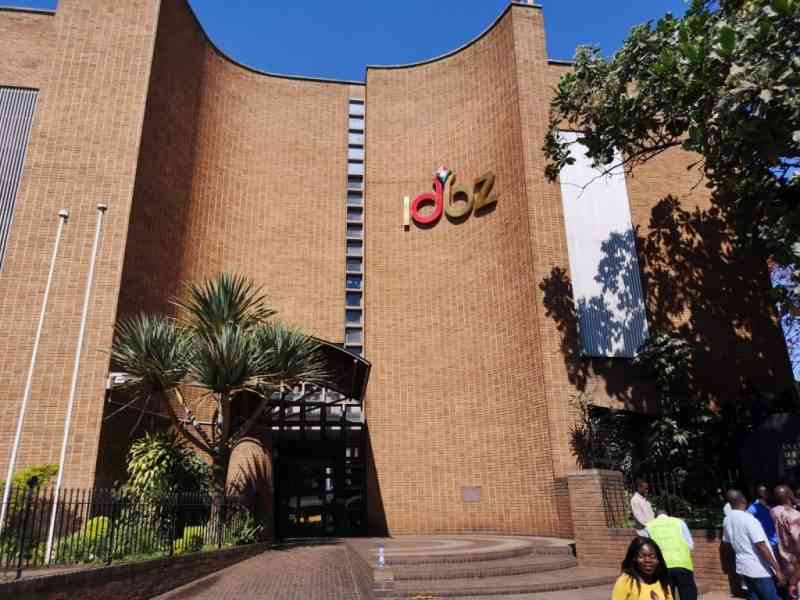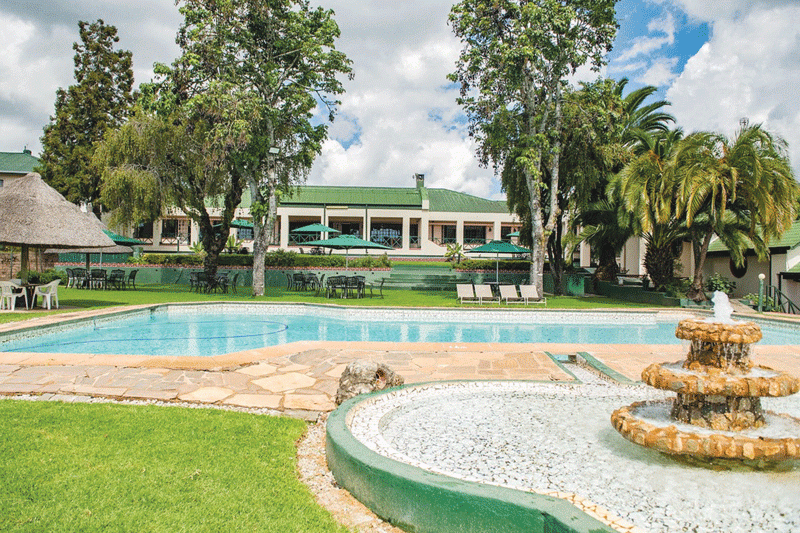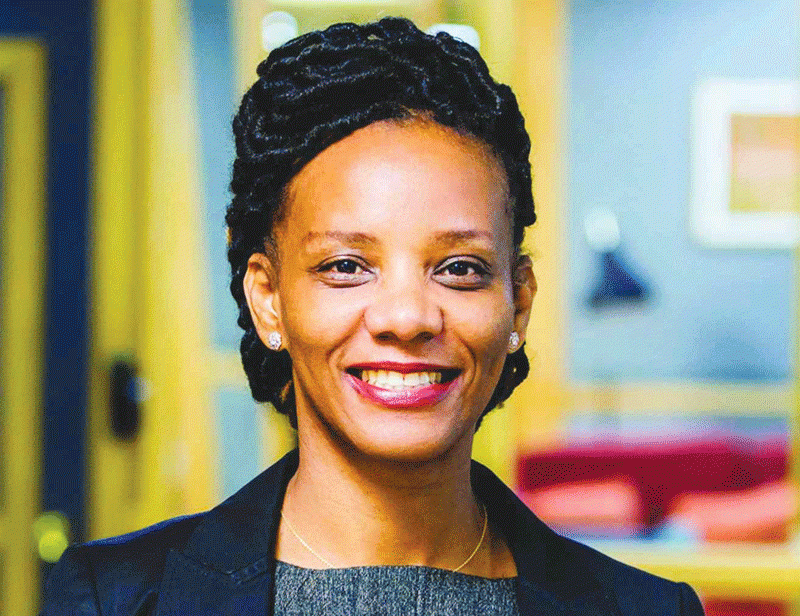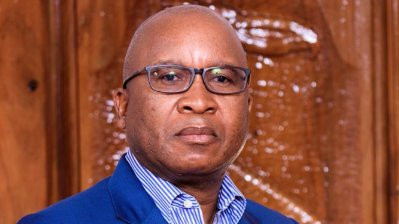
THE Infrastructure Development Bank of Zimbabwe (IDBZ) has set up a climate change financing facility to support green projects in the country, businessdigest can reveal.
This was disclosed by IDBZ economist Nqobizitha Dube at the recent 56th session of the United Nations Economic Commission for Africa Conference of African Ministers of Finance, Planning, and Economic Development.
Over the past few years, climate change has been worsening economic conditions around the world, owing to the rapidly evolving temperatures.
Southern Africa is currently reeling from an El Niño-induced drought, which has been attributed to climate change.
This comes as the costs of climate action in Zimbabwe are estimated at US$10 billion for adaptation and US$4,8 billion for mitigation, according to the World Bank.
“The banks need to get involved. We are very happy that the IDBZ has been involved," Dube said.
"The IDBZ has set up a climate change facility and we hope that this facility is going to be utilised to support small to medium projects that deal in green spaces. But, it should not only be development banks in such spaces.
“We should start seeing retail commercial banks also getting involved.
- US$100m earmarked for pension funds
- US$100m earmarked for pension funds
- US$100m earmarked for pension funds
- IDBZ in tax miscalculation gaffe
Keep Reading
“We should start seeing them understanding the green space and one of the first places to start is, first of all, demonstrating and showing the business case for green projects,” he added.
Dube, however, did not reveal how much the bank had set aside for green projects.
The problem, according to him, was that the private sector tended to stay out of the fray because they were unsure of the potential for profit and benefits from green projects or did not fully comprehend them.
“The second part is coming up with innovative de-risking mechanisms. Naturally, green projects and projects that touch on climate change management are usually viewed risky, they are not understood very well so it is necessary to come up with innovative methods to reduce the risk of such projects,” Dube noted.
“This could involve banks coming together, pulling resources to identify particular grants from multilateral funds that could be used to extend the concessionality of loans, the duration of loans, so that more people get involved supporting different types of green projects.”
The IDBZ economist indicated that it was time for banks to also consider innovative financing mechanisms.
“These would include instruments such as green bonds and we could also start seeing localised carbon markets develop within the country and also on the continent,” Dube further stated.
“As it is, we do not have spaces or entities that can register and support the development of local carbon credit projects or verify local carbon credit projects.
“So, we are overly dependent on spaces outside Africa, outside our own countries to come and support this.”
Veronica Jakarasi, chief director at the Ministry of Environment, Climate and Wildlife, said green financing basically focused on financing that supported the environment.
“Some of these investments look at renewable energy technologies, energy efficiencies, climate smart agriculture, and green infrastructure development,” she said.
“So that is the whole essence of green financing.”
Jakarasi disclosed that in terms of the role of Africa in attracting green financing, one of the things that was important was developing quality policy and regulatory frameworks.
She said support was needed to encourage African finance ministries to avail resources to support green projects as a backup to international efforts.











